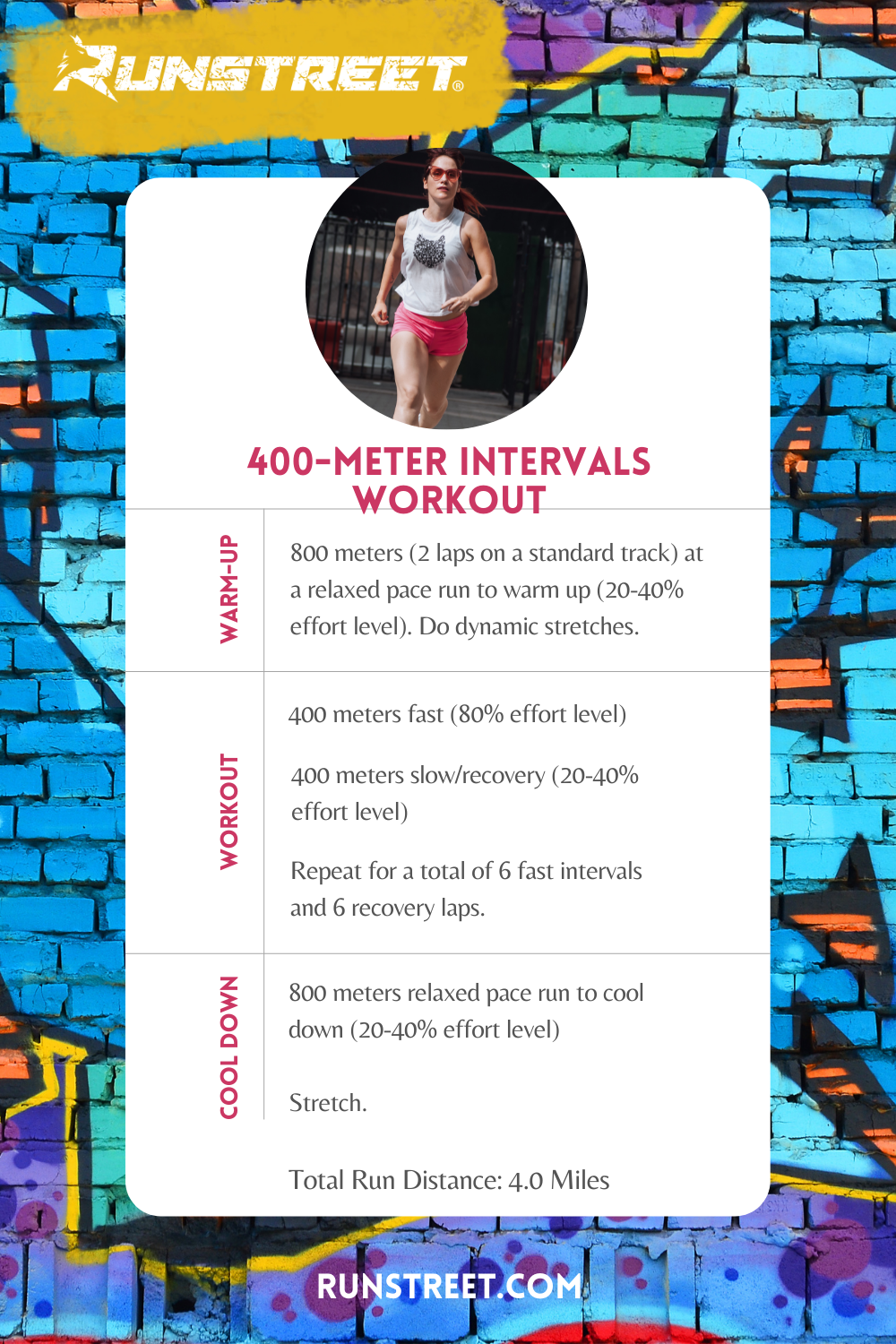Running Workout Tips: Enhance Your Performance Today
Running Workout Tips: Enhance Your Performance Today
Blog Article
Managing Common Running Pains: Causes, Solutions, and Prevention
As joggers, we often run into various pains that can hinder our efficiency and satisfaction of this physical activity. By exploring the origin factors for these running discomforts, we can uncover targeted solutions and preventive steps to ensure a smoother and a lot more fulfilling running experience.
Common Running Pain: Shin Splints
Shin splints, a common running pain, commonly result from overuse or incorrect footwear during physical activity. The repeated stress and anxiety on the shinbone and the tissues attaching the muscular tissues to the bone leads to swelling and discomfort.
To prevent shin splints, people must gradually enhance the strength of their workouts, wear appropriate footwear with appropriate arch assistance, and preserve versatility and stamina in the muscle mass surrounding the shin (running workout). In addition, including low-impact activities like swimming or cycling can help preserve cardio health and fitness while enabling the shins to recover.
Usual Running Pain: IT Band Disorder
In enhancement to shin splints, an additional common running discomfort that professional athletes typically encounter is IT Band Disorder, a condition brought on by inflammation of the iliotibial band that leaves the external upper leg and knee. IT Band Syndrome commonly materializes as pain outside of the knee, particularly during activities like running or cycling. The iliotibial band is a thick band of fascia that links the aware of the shin, and when it comes to be irritated or limited, it can massage versus the thigh bone, leading to pain and discomfort.
Runners experiencing IT Band Syndrome might observe a stinging or hurting feeling on the outer knee, which can worsen with ongoing activity. Factors such as overuse, muscular tissue discrepancies, incorrect running form, or poor warm-up can add to the advancement of this problem. To stop and minimize IT Band Disorder, joggers ought to concentrate on stretching and enhancing exercises for the hips and upper legs, appropriate footwear, steady training progression, and addressing any type of biomechanical issues that might be intensifying the trouble. Neglecting the symptoms of IT Band Disorder can lead to persistent issues and extended recovery times, highlighting the importance of very early treatment and appropriate monitoring techniques.
Typical Running Discomfort: Plantar Fasciitis

Plantar Fasciitis can be connected to various aspects such as overtraining, improper shoes, running on hard surfaces, or having high arches or flat feet. To stop and alleviate Plantar Fasciitis, joggers can integrate extending exercises for the calves and plantar fascia, use encouraging shoes, keep a healthy and balanced weight to minimize strain on the feet, and progressively raise running strength to avoid sudden stress and anxiety on the plantar fascia. If signs and symptoms linger, it is recommended to consult a medical care professional for appropriate diagnosis and treatment choices to resolve the problem efficiently.
Usual Running Pain: Jogger's Knee
After attending to the difficulties of Plantar Fasciitis, another widespread concern that runners commonly face is Jogger's Knee, a common running discomfort that can hinder athletic efficiency and create pain during exercise. Runner's Knee, also called patellofemoral discomfort disorder, shows up as discomfort around or behind the kneecap. This problem is usually attributed to overuse, muscle mass inequalities, incorrect running strategies, or problems with the placement of the kneecap. Joggers experiencing this discomfort may really feel a boring, aching discomfort while running, going up or down staircases, or after extended durations of sitting. To stop Jogger's Knee, it is important to incorporate correct warm-up and cool-down regimens, maintain solid and balanced leg muscle mass, wear proper footwear, and slowly increase running strength. If symptoms continue, looking for recommendations from a healthcare expert or a sporting activities medicine professional is recommended to identify the underlying reason and develop a customized therapy plan to relieve the pain and stop further problems.
Common Running Pain: Achilles Tendonitis
Typically afflicting joggers, Achilles Tendonitis is an uncomfortable problem that influences the Achilles ligament, creating discomfort and potential limitations in physical activity. The Achilles tendon is a thick band of tissue that links the calf bone muscle mass to the heel bone, vital for tasks like running, leaping, and strolling - see it here. Achilles Tendonitis often establishes because of overuse, inappropriate shoes, inadequate stretching, or unexpected boosts in exercise
Signs And Symptoms of Achilles Tendonitis consist of discomfort and stiffness along the tendon, especially in the morning or after periods of inactivity, swelling that aggravates with task, and perhaps bone stimulates in persistent instances. To stop Achilles Tendonitis, it is essential to stretch correctly before and after running, wear suitable footwear with appropriate support, gradually enhance the intensity of exercise, and cross-train to reduce repetitive stress on the ligament. Therapy might include remainder, ice, compression, elevation (RICE protocol), physical treatment, orthotics, and in serious instances, surgical treatment. Early treatment and appropriate care are essential for managing Achilles Tendonitis effectively and preventing long-term difficulties.
Verdict

Report this page